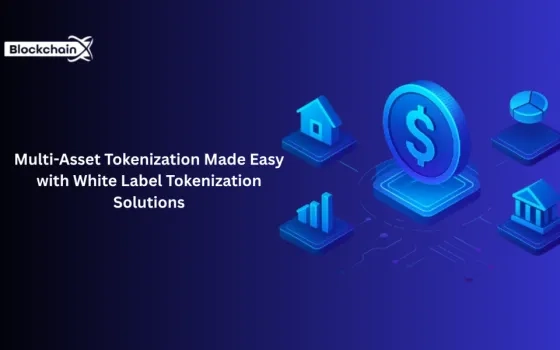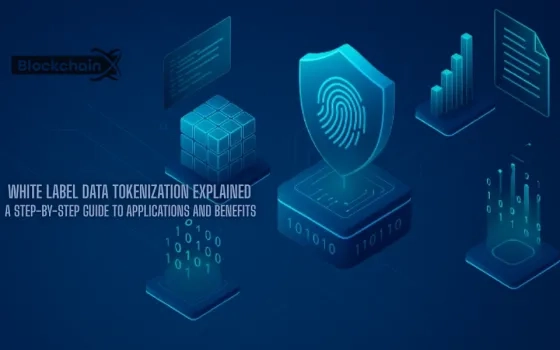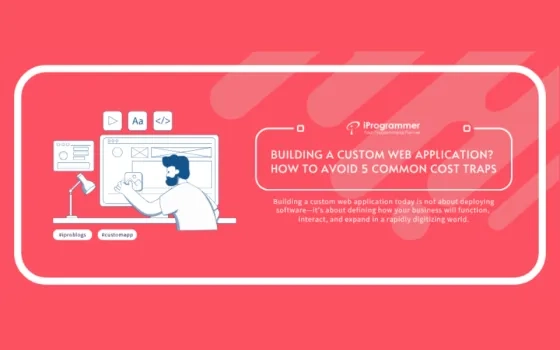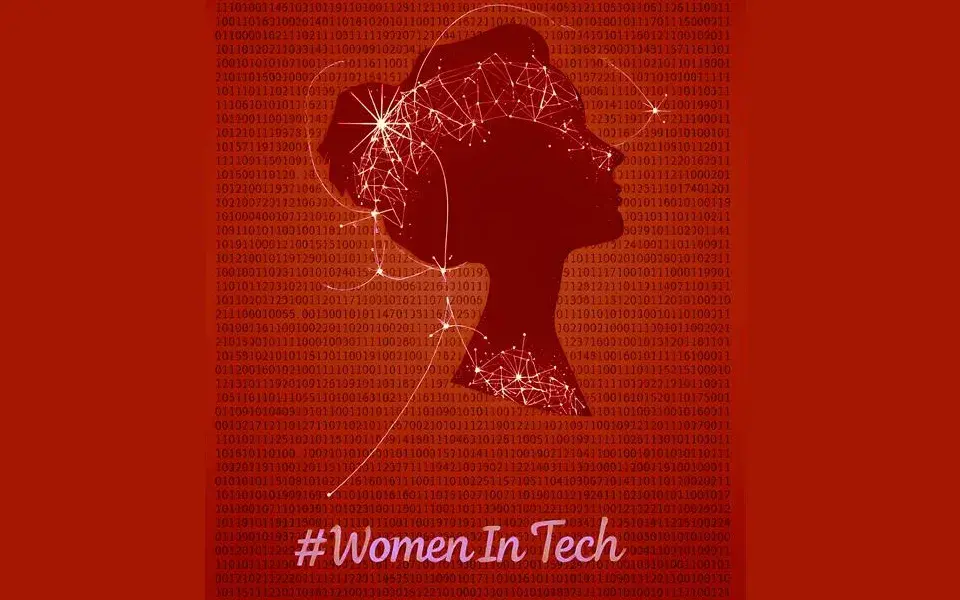Across organizations around the world, there are many inspirational women professionals who have broken the glass ceiling and taken centerstage as powerful leaders and mentors. Technology, finance, electronics, manufacturing, chemicals, food and beverage, retail, healthcare, oil and gas, government, and military, automotive, and many others top this list. While these courageous women set a great example for people everywhere, it is also important to recognize that their success did not come easy. Success is often the sum of many factors that include aiming for and working hard to achieve ambitious goals, undergoing continuous learning, having advocates, and having the courage to pivot when required, with the wisdom to know how.
While in certain parts of the world, India included, we see an uptick in the number of women in the workplace, there remain issues still rooted in the traditions and assumptions of the past. Unconscious biases, gender disparity and gender discrimination, unfortunately, still exist. The good news is that every woman and man can be an instrument of change. We can be the ones driving a dialogue for equal opportunity and an inclusive work ecosystem.
This dialogue is even more important in light of the impact of COVID. According to a recent McKinsey report: Women make up 39 percent of global employment but account for 54 percent of overall job losses. Using data and trends from unemployment surveys in the United States and India, where gender-disaggregated data are available, McKinsey estimates that female job loss rates due to COVID-19 are about 1.8 times higher than male job loss rates globally, at 5.7 percent versus 3.1 percent respectively.
Today, my focus is on gender – which is only one element of Diversity Equity, Inclusion and Belonging. Diversity, Equity and Inclusion is focused on driving equity across gender, race and age. The main components are driving diversity (increasing representation), equity (making the diverse groups equitable in things like job title and pay); Inclusion (how does your company culture include the diverse groups) and the final component is Belonging.
As we honor and celebrate International Women’s Day, here are four areas of focus that can help achieve better equality and more diversity, not just at work, but in our life.
- Choose to challenge gender stereotypes.
Gender stereotypes is a complex issue to address. Rooted in history and culture and effecting economics, stereotypes are engrained brain reference points where we’ve all had ideas and experiences cemented in our minds throughout our childhood, which if gone unchecked, gets reinforced as a child grows to adulthood. A person could still be reliant on ‘stereotyping’ and not be aware of it. This is true for both men and women. Effectively addressing gender stereotyping starts by breaking down areas where it most commonly is used.
One area of focus should be on language. We must stop the use of stereotypical language such as middleman, drama queen, chairman, spokesman, etc. Sensitizing others to why it is wrong when similar language is used is important. Generalizations such as ‘The guys’ or ‘The girls’ posted on common workplace platforms should be discouraged. Being professional and focused on goals and challenges directly related to the job, reduces the possibility of dialogues going on a tangent. Staying informed of what is acceptable behavior, being unafraid to speak up and being prepared to answer inappropriate comments with levelheaded professionalism is necessary to overcome barriers.
- Choose to challenge women and girls to work in technology and science.
It is a well-established fact that globally, women are underrepresented in science, technology, engineering, and mathematics (STEM) fields. Multiple studies indicate this is not due to the inability of women to excel in STEM. In fact, in some parts of the world, women are more attracted to STEM courses. However, the global situation remains challenging for them to enter these fields because of gender imbalances. There are several reasons why this disparity exists. This includes lack of encouragement, active discouragement, lack of female role models or mentors in STEM, and negative peer pressure. Less than a third of female students choose to study higher education courses in subjects like math and engineering
Like many unconscious behaviors, these were likely developed when in school or college. Take the common example where a group of mixed gender engineering students are working on a project. The female in the group is most likely to be relegated to doing routine managerial or secretarial roles while the males take on the challenging segments of the project. We can change that by making the decision to push past the old ways and adopting new ones.
It is critical that both men and women in STEM do not let the outdated culture of sexism continue. It will take consistency and commitment to solve this complex problem. However, it is worth the effort not only for women today but for the generations to come. In 2021, the barriers for women in STEM are much less than even 10 years ago. Women and men must utilize opportunities to create a more gender-balanced enterprise and contribute their unique inputs to the growth of the company. True leaders will take charge of any situation and set the tone by being competent professionals, as individuals qualified to get the job done, and request for assignments that are desired.
- Choose to challenge the assumptions that men are stronger leaders and innovators. Challenge the system to accept that women are powerful, effective leader and innovators
While there are more women moving into leadership roles and becoming innovators, there is a global need to increase and accelerate female representation at the highest level. There are multiple real and imagined barriers that prevent women from aiming for the ultimate pinnacle of leadership. It is on each one of us to address these hurdles and change every challenge into an opportunity. For example, if a meeting is attended only by men, instead of viewing it as overwhelming as a woman, take a seat at the meeting room table and know that you belong. Help people see your unique skills and viewpoints. Multiple studies have shown that encouraging and promoting women leadership is one of the devices by which an organization can increase gender equality in the workforce which can, in turn, drive better business results. The clear message for women therefore is to be confident, play to your strengths, recognize that your work has brought you to new levels, and leadership is a very viable goal.
The best way to really challenge any status quo, is to measure it and take action to change it.
- Choose to challenge gender discrimination, always
Gender discrimination is defined as the unfavorable treatment of someone (employee or applicant to a job) due to their gender. The #MeToo movement highlighted how gender discrimination and harassment was a deeply embedded problem in societies and industries, across the world. It is real and present.
The question to ask is, how can an employee recognize and address gender discrimination at the workplace? The first part of the answer is to be aware that gender discrimination can come from anyone regardless of their gender. It can be paygrade disparity based on gender; it does not have to be as extreme as sexual harassment. It can also involve frequent negative comments and stereotyping that make the workplace offensive or hostile. How does one effectively address this? By following a few simple pointers: Note down the instances and what was said, with the date, time, and location of the occurrence. Check for company protocol and file a complaint with HR or your direct manager. Irrespective of what the outcome, it is important to communicate and prevent discrimination from taking control of your work life.
Women are fearless leaders who are regularly carving niches for themselves in their careers. They strive to deliver the best of their capabilities and stay self-motivated. Women embrace change instead of looking at it with fear as, sometimes, with big risks come great rewards and the ability to make a difference. Committing to continuous improvement, advancing skills, keeping abreast of emerging tools, all go towards building expertise. Being a lifelong student, a person who is well informed and unafraid to be heard, could very well make many women future leaders, that the world looks up to. My previous boss and mentor, Padmasree Warrior, would always remind me when looking up – “keep your eyes on the stars and your feet on the ground.”
The article was first published on ET HRWorld
By Annie Weckesser, Chief Marketing + People Officer, Uniphore































